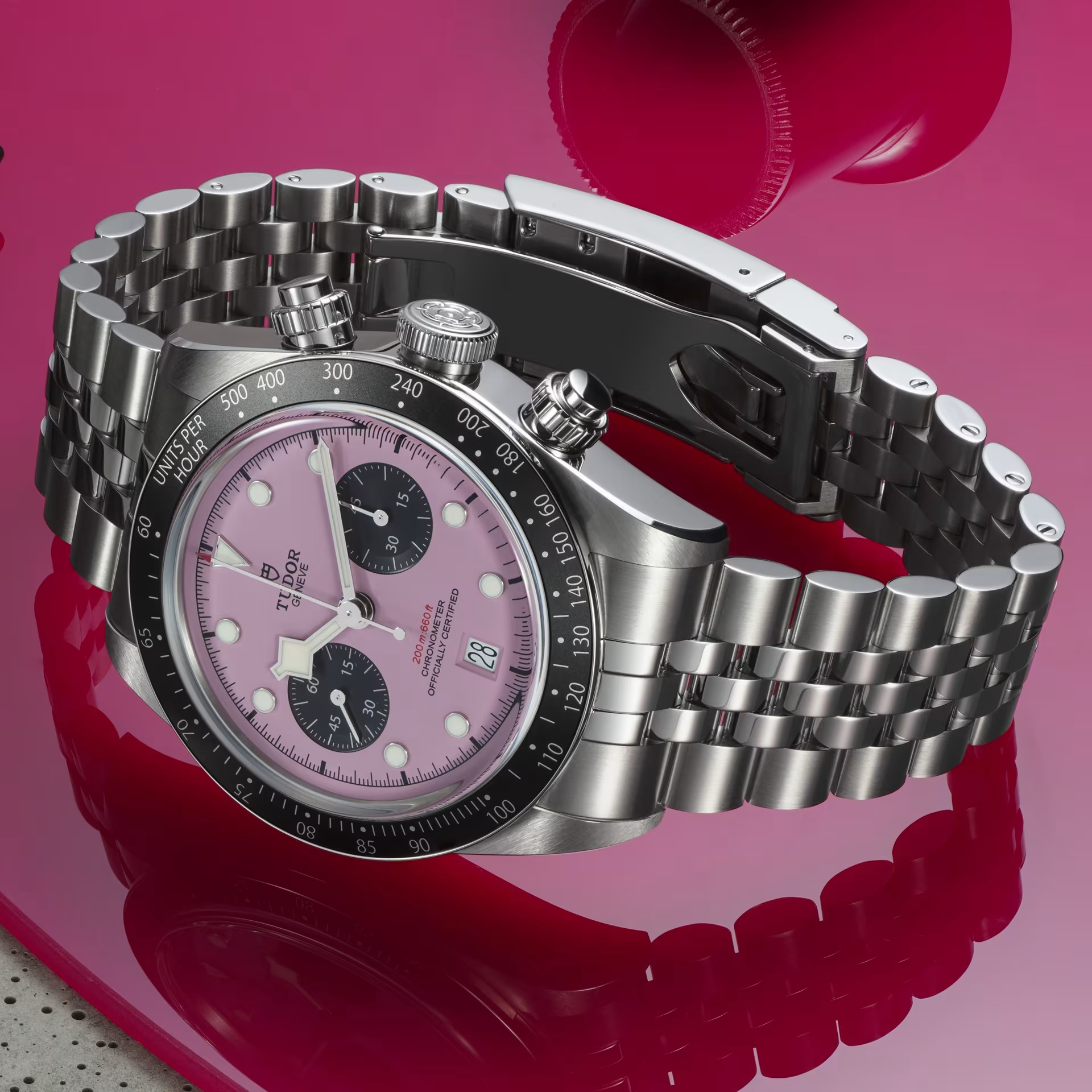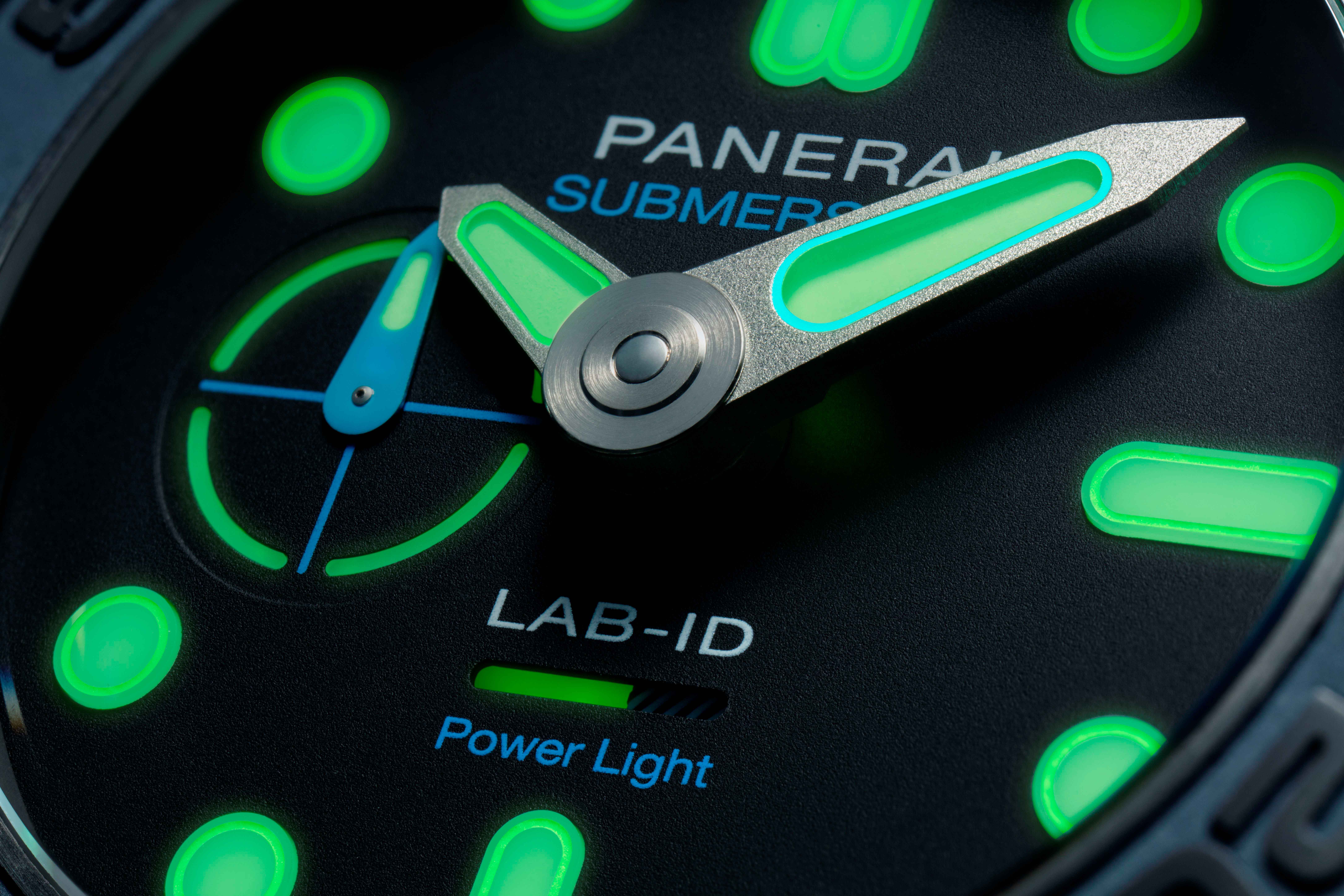Know Your Watches: Watch Glossary
Continuing with our watch glossary of watch terms, here is watch terminology from letters K through O. This guide includes definitions of commonly used terms like Luminescence, moonphase, power reserve and more!
KIF Shock Protection
KIF shock protection is a system designed to protect a watch's delicate inner components from damage caused by sudden impacts. Similar to the better-known Incabloc system, KIF involves a spring-mounted jewel setting in the watch movement that helps absorb shock. This mechanism is particularly important for watches exposed to rigorous activities, as it safeguards parts such as the balance wheel and hairspring, which are crucial to accurate timekeeping.
Kinetic Watch
Seiko developed the kinetic watch to offer the convenience of quartz accuracy without the need for regular battery changes. A kinetic watch harnesses energy from the wearer's movement to power the quartz crystal oscillator. As the user moves their wrist, a rotor inside the watch spins, generating electricity that charges a battery, which then powers the watch. This innovation merges the benefits of automatic and quartz movements, making it a practical and environmentally friendly choice.

Lugs
Lugs are the projections on a watch case that secure the strap or bracelet to the watch body. Lug width, measured in millimeters, refers to the distance between the lugs and is essential when selecting a compatible strap. For example, a 20mm lug width means the strap or bracelet needs to be 20mm wide to fit securely. Lug design can influence the overall look and comfort of a watch, making it an important factor in the style and wearability of a timepiece.
Luminescence
Luminescence is a feature that allows a watch’s hands, markers, or numerals to glow in the dark, enhancing readability in low-light conditions. This effect is achieved through various materials that emit light after being exposed to a light source. The most common materials used are Super-LumiNova and tritium. Super-LumiNova is a photoluminescent pigment that requires light charging, while tritium, a radioactive isotope, offers a consistent glow for years without needing an external light source.
Mechanical Watch
A mechanical watch operates without a battery, using a mainspring that’s wound to store energy. This stored energy powers the watch, making it tick in a series of small, precise movements that keep time. Mechanical watches are further divided into manual and automatic movements. Manual watches require the user to wind them regularly, while automatic watches wind themselves through the motion of the wearer’s wrist. Despite the prevalence of quartz watches, mechanical watches remain cherished for their craftsmanship and historical significance.

Moonphase
The moonphase complication is a charming feature that displays the current phase of the moon, from new moon to full moon, as it appears in the sky. Traditionally, moonphase complications were used in astronomical clocks and navigational tools. Today, they are appreciated for their aesthetic and horological appeal, adding a poetic touch to the watch dial. High-end brands, like Patek Philippe and Jaeger-LeCoultre, are known for creating intricate and accurate moonphase watches that combine beauty with astronomical precision.
Movement
The movement, often called the “caliber,” is the engine of the watch, driving its timekeeping function. Movements are generally categorized into three types: quartz, mechanical, and automatic. Quartz movements use an electric oscillator regulated by a quartz crystal, while mechanical and automatic movements rely on a wound mainspring. Each movement type offers different benefits in terms of accuracy, maintenance, and durability, making this a key consideration for collectors and enthusiasts.
Oscillator
The oscillator is a component that ensures a watch keeps accurate time by maintaining a consistent rhythm. In quartz watches, the oscillator is a quartz crystal that vibrates at a high frequency when electrically stimulated. In mechanical watches, the oscillator is the balance wheel, which oscillates back and forth thanks to the hairspring. The oscillator’s precision is essential for accurate timekeeping, and advancements in materials and engineering have allowed modern oscillators to achieve remarkable levels of accuracy.

Oyster Case
The Oyster case, introduced by Rolex in 1926, is a pioneering waterproof case that revolutionized the durability of watches. Its screw-down crown, bezel, and caseback create a hermetic seal, protecting the movement from water, dust, and dirt. The Oyster case set the standard for waterproof watches and remains a defining feature in Rolex’s lineup. Known for its robustness and elegance, the Oyster case is synonymous with quality and innovation in watchmaking.
These terms provide just a glimpse into the depth of watchmaking vocabulary. From kinetic technology to the precision of oscillators, each element contributes to a watch’s unique appeal, capturing the artistry and engineering behind timekeeping. Understanding these terms helps enthusiasts appreciate not only the craftsmanship but also the technical mastery involved in creating a fine watch.



No articles found


